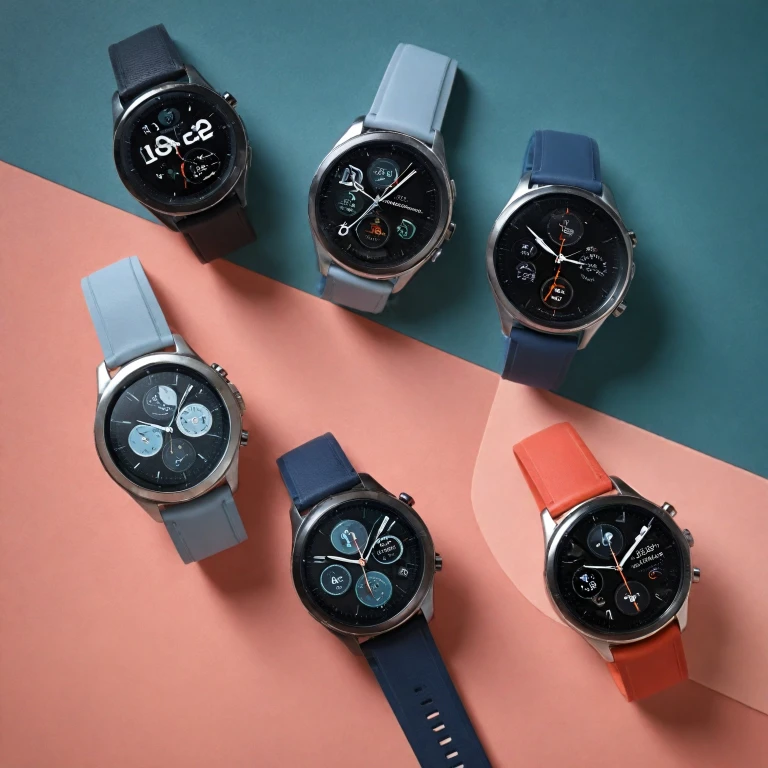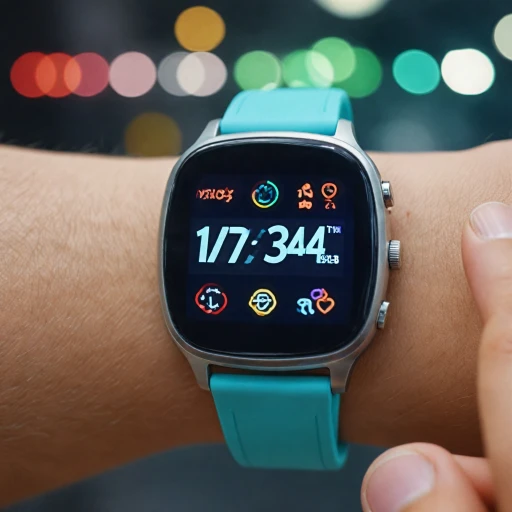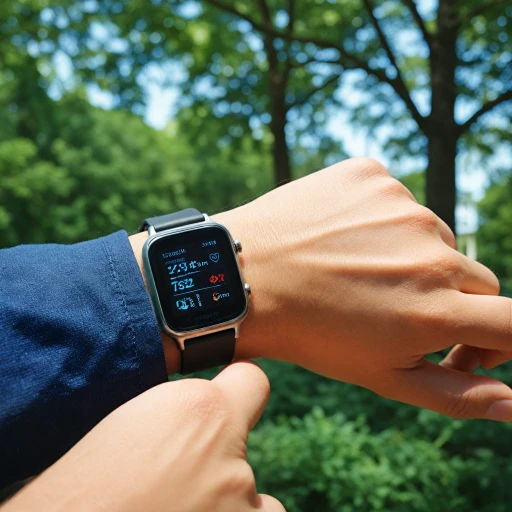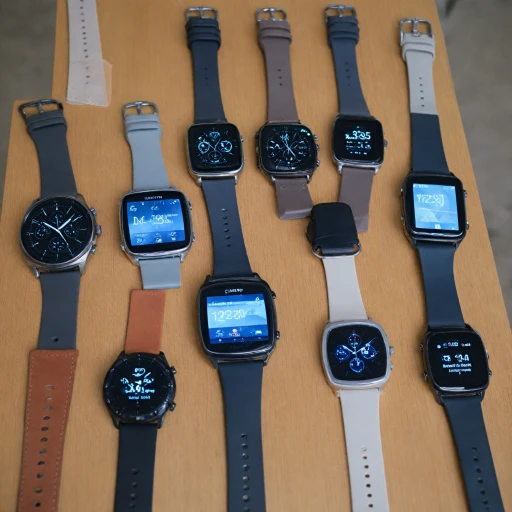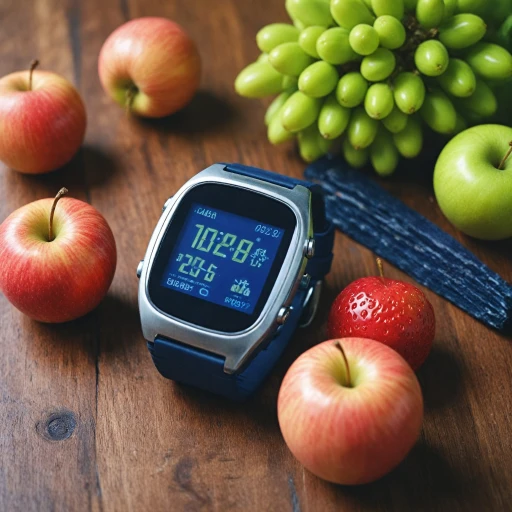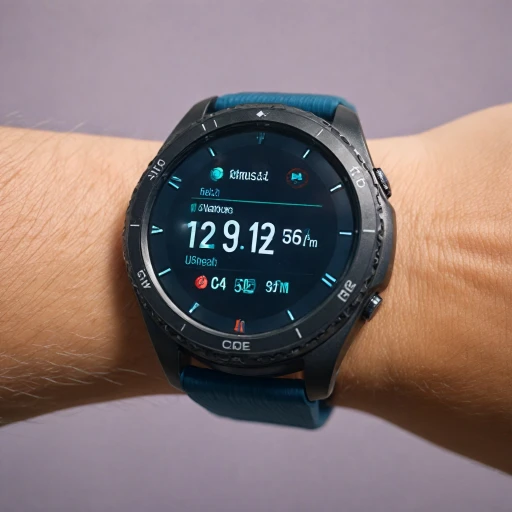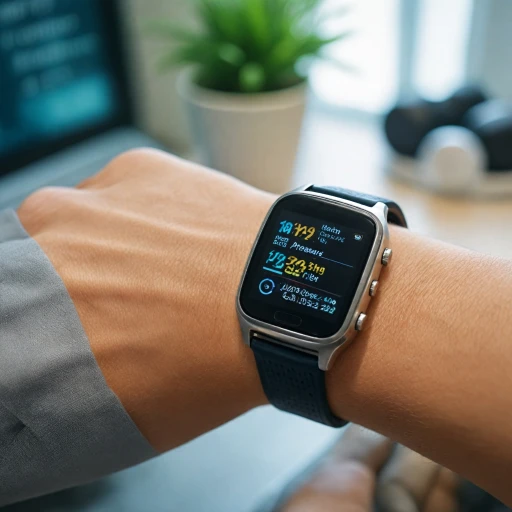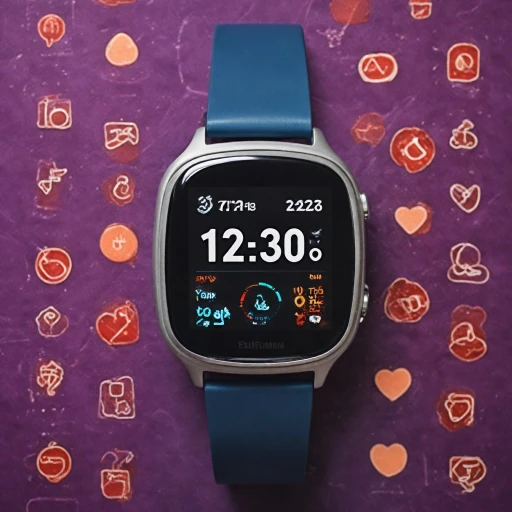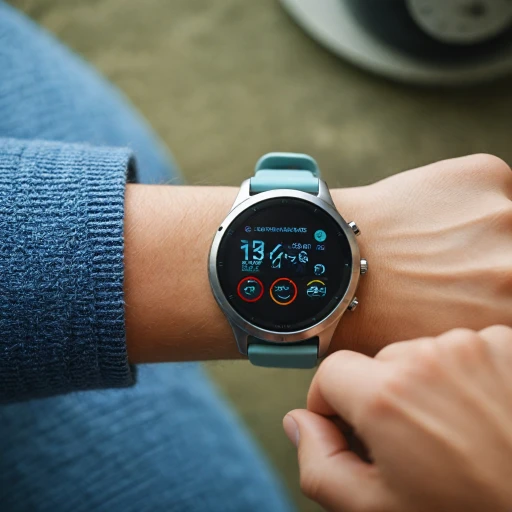Understanding Blood Pressure Monitoring in Smartwatches
Decoding the Technological Aspects of Blood Pressure Monitoring in Smartwatches
In recent years, smartwatches have transformed from mere accessories to essential health monitoring tools. One of the standout features is their ability to measure blood pressure, which can be crucial for maintaining cardiovascular health. Understanding how a smartwatch monitors blood pressure involves delving into the technology nestled within these compact devices. The traditional method of measuring blood pressure involves a cuff device, which is not the most expedient or portable for everyday use. Smartwatches bypass this inconvenience by utilizing optical sensors that detect blood flow and heart rate, converting these data points into blood pressure readings. This innovation enables users to have a pressure monitor on their wrist, ensuring continuous observation throughout the day. While various models, such as the Samsung Galaxy Watch and the Apple Watch Series, provide this function, it's essential to note that results can vary by device. Factors like the snug fit of the watch and the correct setting application can impact the accuracy of the readings. Although these devices provide valuable insights into your health, for medical-grade accuracy, consulting a medical professional or using a traditional cuff may still be advisable. Additionally, it's noteworthy that blood pressure monitoring in smartwatches can facilitate early detection of potential issues. In combination with other health metrics—like heart rate, fitness tracking, and sleep monitoring—it aids in generating a comprehensive overview of one's health status. This advancement is pivotal not only for fitness enthusiasts but also for those with particular health concerns. For a deeper exploration into smartwatches with advanced blood pressure monitoring features, consider checking this detailed guide. This resource can provide a more thorough understanding of the available options and their specific capabilities.Key Features to Look for in a Blood Pressure Monitoring Smartwatch
When selecting a blood pressure monitoring smartwatch, it's vital to understand what key features contribute to its effectiveness and reliability. A smart watch with robust health monitoring capabilities can be a valuable asset for enhancing your overall fitness routine and improving health outcomes.
Accuracy and Reliability
The primary concern while choosing a pressure watch is its accuracy. While smartwatches cannot completely replace traditional pressure cuffs, ones with advanced sensor technology tend to offer more reliable data. Look for devices that have received positive reviews on their accuracy from users and experts. For detailed information, consider exploring smartwatches with blood pressure monitoring features.
Seamless Health Integration
A comprehensive health monitoring device should integrate seamlessly with other health metrics. This includes tracking heart rate, blood oxygen levels, and providing insights into your sleep patterns. For instance, the Apple Watch Series offers a suite of health analytics that can work in tandem, while the Samsung Galaxy Watch provides a holistic view of your fitness and health.
Ease of Use and Comfort
The best blood pressure monitors are those that are easy to use and comfortable to wear throughout the day. Adjustable cuffs and intuitive interfaces can significantly improve your experience. A user-friendly smartwatch with a sleek design ensures regular monitoring becomes a part of your routine without inconvenience.
Battery Life and Connectivity
Consider the battery life and connectivity options. A long-lasting battery ensures uninterrupted monitoring throughout the day and night, while a reliable connection with your smartphone scales up the overall functionality. Devices offering free shipping or on sale prices can provide added value and accessibility.
Comprehensive Data Analysis
Choose a pressure smartwatch that offers detailed insights and comprehensive data analysis. This helps in monitoring trends over time and facilitates informed discussions with your doctor pro. Data-driven insights enable you to track changes in your heart health and adapt your fitness tracker goals accordingly.
Top Smartwatches with Blood Pressure Monitoring
Leading Devices with Blood Pressure Capabilities
When it comes to smartwatches with blood pressure monitoring capabilities, several models stand out due to their advanced technology and user-friendly design. These devices not only focus on monitoring your heart rate and blood pressure but also offer comprehensive health monitoring features.- Apple Watch Series: As a frontrunner in the smartwatch industry, the Apple Watch includes a variety of health-related features. While it doesn’t directly measure blood pressure, it integrates seamlessly with other compatible devices and apps to provide accurate information. The Apple Watch is highly regarded for its heart health monitoring and can be a valuable addition for those managing their health.
- Samsung Galaxy Watch: The Samsung Galaxy Watch models are well-known for their fitness and health monitoring abilities. Equipped with sensors that can track your heart rate and blood oxygen levels, the Galaxy Watch is a versatile device for tracking your overall wellness. Although a specific version dedicated to blood pressure measurement is yet to be released globally, the technology is already being integrated in select regions, making it a watch worth considering.
- Huawei Watch Series: Huawei offers a range of smartwatches with a focus on health monitoring, including blood pressure tracking in some markets. With fitness tracker features and a user-friendly interface, the Huawei Watch provides detailed health data metrics that can be instrumental in managing your health.
Benefits of Using a Smartwatch for Blood Pressure Monitoring
Advantages of Smartwatches in Managing Blood Pressure
Smartwatches offer a convenient and non-invasive way to monitor your blood pressure consistently. These devices have evolved with technology to become a reliable health monitor or even a fitness companion.- Continuous Health Tracking: Many smartwatches provide continuous heart rate monitoring, giving users more comprehensive data about their heart health. With features like fitness tracking and blood oxygen measurement, users can maintain a holistic view of their wellness.
- Ease of Use: Smartwatches like the Apple Watch and Samsung Galaxy Watch have been designed with user-friendliness in mind, making it easy to keep track of essential health metrics without a learning curve. This ease of use further encourages individuals to keep up with regular monitoring.
- Real-time Alerts: Some smartwatches have pressure monitors that can alert you if your blood pressure readings reach alarming levels. This feature can be life-saving as it allows prompt action, whether it's seeking medical advice or adjusting lifestyle habits.
- Integration with Healthcare: Having health data aggregated in one device supports a seamless exchange of information with healthcare professionals. Many smartwatches allow the export of data, which can then be shared with your doctor for more informed health discussions.
- Multi-functionality: Besides monitoring blood pressure, these devices double as fitness trackers, enabling sleep monitoring and even tracking daily activities, which contribute significantly to our overall health.
- Style and Variety: With a variety of designs, from the sleek Huawei Watch to the robust Samsung Galaxy Watch series, there's a pressure smartwatch to suit every style and budget, often with the added perk of free shipping depending on sale offers.
Potential Limitations and Considerations
Weighing the Pros and Cons of Blood Pressure Smartwatches
Smartwatches with blood pressure monitoring capabilities have carved a niche in personal healthcare, yet they come with various limitations and considerations. Understanding these aspects is crucial when deciding on the right device to add to your health monitoring regime.- Accuracy and Reliability
- Many smartwatches, including popular options like the Apple Watch and Samsung Galaxy Watch, offer blood pressure monitoring. However, the accuracy of these consumer devices can vary compared to traditional cuff-based monitors doctors use.
- While some devices excel in heart rate and fitness tracking, they may not provide the medical-grade accuracy for blood pressure monitoring, which could affect your health management decisions.
- Calibration Needs
- Most blood pressure watches require periodic calibration with a traditional blood pressure cuff to ensure accurate readings. This might be an inconvenience for those seeking a fully autonomous monitoring solution.
- Data Privacy Concerns
- As these smartwatches collect sensitive health data, users should be aware of privacy policies and data sharing practices of the manufacturers. Ensuring your blood pressure data remains confidential is vital, especially if you plan to share it with your health provider.
- Price Considerations
- While some smartwatches offer competitive pricing, others, like high-end models from Apple or Samsung, might come at a premium. The price issue is something to think about when determining which features are most important to you and balancing budget constraints.
- Complicated User Interface
- While devices like the Huawei Watch or other fitness trackers offer comprehensive health data, navigating through numerous monitoring features might pose a challenge for less tech-savvy users. A user-friendly interface is essential for maximizing the benefits of these smart devices.
Future Trends in Smartwatch Health Monitoring
Innovations in Health Monitoring Through Wrist Technology
The field of smartwatch health monitoring is evolving rapidly, offering users a more comprehensive insight into their well-being. As blood pressure monitoring becomes a staple feature, we can anticipate a future where smartwatches develop even more advanced health capabilities.- Enhanced Sensors: Expect improvements in sensor technologies that provide more accurate and consistent blood pressure readings. This will come hand-in-hand with innovations in heart rate, blood oxygen, and even sleep monitoring capacities.
- Integrated Health Platforms: Major players like Apple and Samsung are working towards creating more cohesive ecosystems. Their watch series may soon be able to sync seamlessly with phones and other devices, offering a unified platform that simplifies the analysis and sharing of health data with doctors.
- AI-Driven Predictions: Artificial intelligence could play an increasing role in predicting health trends, potentially warning users about unusual patterns that may require professional medical attention. This predictive technology is expected to integrate data from various monitoring aspects, including blood glucose and oxygen levels.
- Affordability and Accessibility: With competition driving down costs, we might see more affordable devices that offer premium features, bringing health monitoring to a broader audience. While features like free shipping and competitive sale prices go a long way, enhanced affordability will be key.
- Ready for Clinical Use: Some pressure monitors may even achieve clinical-grade certifications, making them reliable enough for use in more formal medical settings. These developments may include recommendations for regular checks instead of occasional blood pressure readings.
